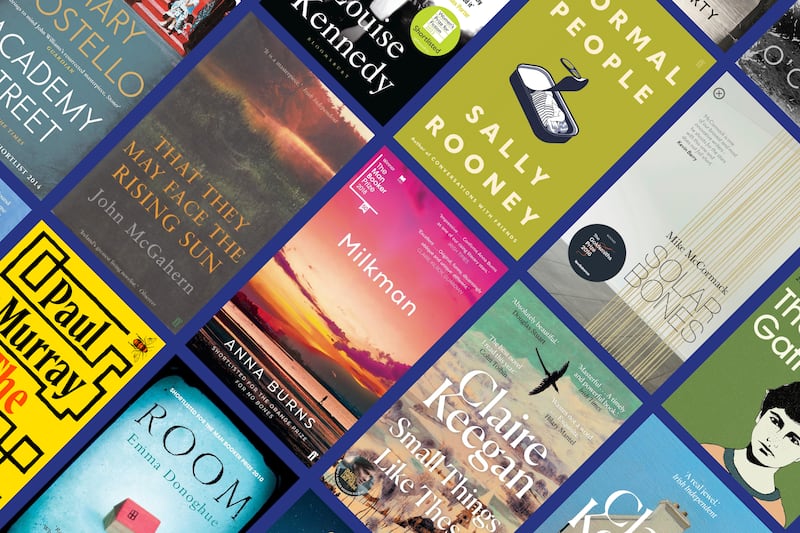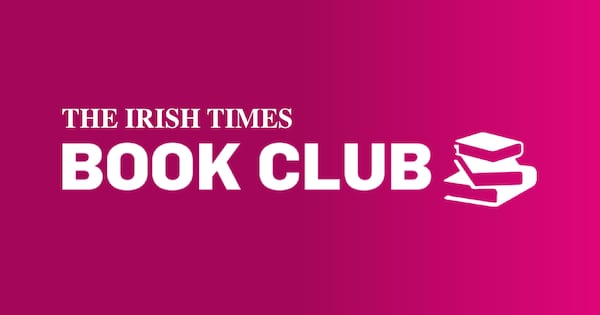It’s been a while. Faber published Brian Eno’s last book A Year With Swollen Appendices almost 30 years ago. Text was never his first love: Eno, one suspects, deeply disliked the 1970s/80s school of criticism (and copyright) that judged a song’s lyrics as equal to if not greater than the music. Suffolk-born, educated in Ipswich and Winchester, the product of the British 1960s arts lab golden age that produced the Beatles, The Who, Bowie and Roxy Music, he’s often mislabelled as a boffin when in fact his preoccupations are as much subjective and emotional as cerebral.
Eno first came to prominence as the fur-coat wearing mad scientist wrestling sci-fi sounds from a variety of tone generators with early Roxy, quickly assumed the status of pre-punk patron saint with the solo album Here Come the Warm Jets, plus collaborations with German electronic music overlords Conny Plank and Michael Rother, before basically inventing ambient music (Music For Airports) and midwifing Bowie’s Berlin trilogy. His and David Byrne’s My Life In the Bush of Ghosts was an early sampling/bricolage masterpiece.
Thereafter he became one of the world’s most interesting producers, his Oblique Strategy cards acting as a sort of audio I Ching and creative circuit breaker. My favourite story about his production methods pertains to his attempts to make sense of U2’s Achtung Baby Hansa sessions: his mix methodology was to simply favour the faders that amplified the sounds he liked and mute the rest. Art as extreme subjectivity.
Throughout it all, he’s favoured the human voice (he’s a regular in a local choir, and remains obsessed with gospel and doo wop). His own articulation as a writer and public speaker is similarly direct. What Art Does, a collaboration with Dutch artist and novelist Bette A, whom he encountered through the art/science project TRQSE, is remarkable for its ability to render sophisticated and sometimes slippery ideas in clear, accessible language, facilitated by A’s playful (and pink!) graphics.
It’s a short book, the product of a distillation process that renders its source elements into a sort of conceptual cook’s stock. Eno’s been riffing on the themes and preoccupations of this book in lecture halls and podcasts for years now, so this beautifully produced artefact represents a formalisation, however temporary.
Like the best interviewers, he isn’t afraid to return to first principles and ask the simple questions:
“Why does every culture spend such a large part of its free time in ‘made-up worlds’ like books, plays, paintings, dances, movies, self-decoration, stories and songs – all the things we might call art? ... We can easily explain the existence of science by the benefits it produces for us. But what does art do? If we can’t answer that question then we shouldn’t be surprised when governments marginalise the arts and humanities in education, or when the ‘brighter’ students are directed away from the arts and into science and tech, or when support for theatres, libraries and concert halls is the first thing to be withdrawn in a financial squeeze ... This book is an attempt to answer those questions. It’s the beginning of a theory of art.”
Wilde’s line was: all art is quite useless. Eno goes further. Art is, he says, an outgrowth of utility. Screwdriver blades are uniform, but the handle can be as ornate as you like. This impulse compels us to adopt extravagant hairstyles, tag overpasses, crochet doilies: “The less functional a thing is – the less it has to do something in particular – the more space for art there is in it; the more freedom there is in it.”
This book’s 150 pages are broken into headings characterised by classically Eno-esque aphorisms (“Art is a way of making feelings happen”; “Play is how children learn; Art is how adults play.”) while Bette A’s graphics allow the author to use litanies and lists in a way that sustains the reader’s attention and circumvents the urge to skim. The most powerful ideas here present art as conduit to community, as a way to be vulnerable, to surrender.
If advertising and social media are slanted towards the cult of the cube-bound individual, the consumer not the citizen, then art is the antidote, promoting creativity as the alternative to consumption, connection as the cure for isolation. The final paragraphs are nothing less than a call to arms.
“A single flower is the product of a whole landscape. Just as there is no such thing as a self-made flower, there’s no such thing as a self-made human ... The climate crisis, the wars, the increasing inequality – the world urgently needs new ways of understanding where we are and where we could go. Art is one of the ways we can do this, helping us feel new futures and understanding the powers of community to bring about the changes we need ... We need new means, not old ends.”
This is a beautiful book.
Peter Murphy is a novelist, musician and arts journalist. He records and performs under the name Cursed Murphy.










